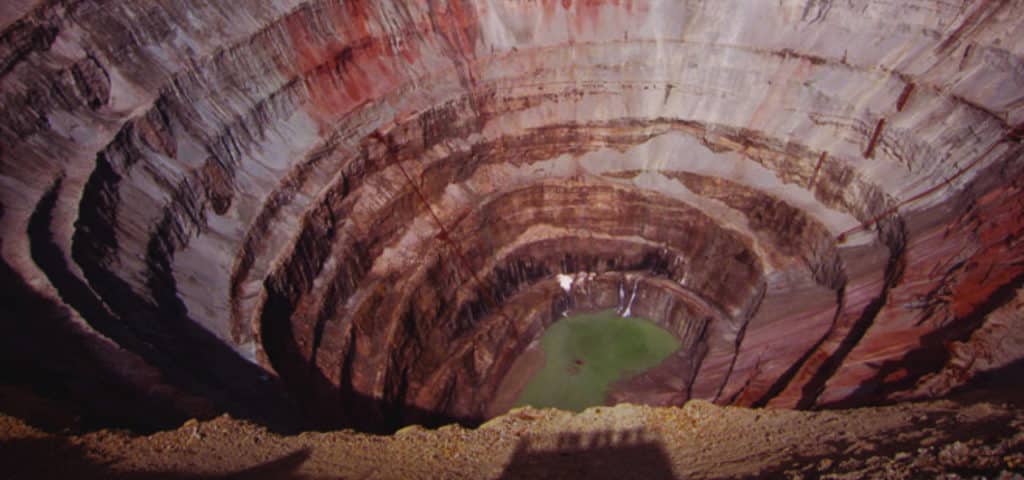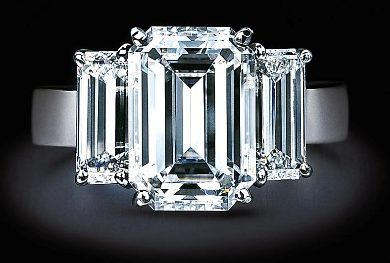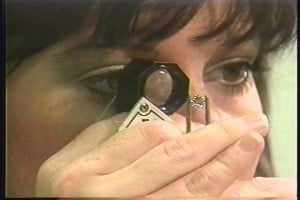When discussing a diamond’s value at Anne Dale Jewelers we consider its overall beauty, a uniqueness that comes from the interaction of the color, clarity, cut and size of the forever gemstone. When you combine these 4Cs with her preferences you will select the perfect diamond for your love.
Cut
Color
Four C's of Diamonds
You’re a seeking the perfect diamond for her engagement ring. Before making your decision, keep in mind the 4Cs.The worldwide accepted standard for evaluating and categorizing diamonds. Diamond values can vary greatly. Therefore, the monetary value of this gemstone is determined based on these four Cs. However, this system was never intended and falls willfully short of defining beauty.
Trust Your Eyes
No “system”, machine or digital software can or will ever replace the human-eye, the passion in your heart. Like her beauty you will know the diamond for her when you see it.
Clarity
Carat Weight
DEFINING RARITY AND BEAUTY
Gem-quality diamonds are very rare, taking millions of years forming in the nature of the earth. Your diamond’s journey from deep in the earth to the mine to you is long and adventurous.
While the four C’s may help you to identify the quality of a diamond, it is the combination of characteristics which determine a diamond’s true value. Always remember that beauty truly is in the eye of the beholder, which means only you can truly select the perfect most beautifully for you.
Diamond in the Rough
CLARITY of DIAMONDS
As a diamond’s color is graded based on the absence of color, the diamond’s clarity is based on the degree to which a diamond has no external blemishes or inclusions.
The natural unique ”fingerprints” within a diamond or gemstone, which consist of other elements such as minerals, gases, or other substances that may be blemishes or the absence of such.
Internal = Inclusions
The natural unique ”fingerprints” within a diamond or gemstone, which consist of other elements such as minerals, gases, or other substances.
External = blemishes
Gem Quality
In gem quality diamonds most inclusions
The natural unique ”fingerprints” within a diamond or gemstone, which consist of other elements such as minerals, gases, or other substances that are too small to be be seen by the unaided eye. A trained diamond expert can evaluate the quantity, size, relief, nature, position of these characteristics, and how they affect the appearance of the diamond.
Clarity Chart
FL, IF
Diamonds Flawless
The highest grading of diamond clarity, which indicates no visible inclusions or blemishes when using a jewelers loupe of 10x magnification.
No internal or external flaws
Internally Flawless
The highest grading of diamond clarity, which indicates no visible inclusions or blemishes when using a jewelers loupe of 10x magnification.
VVS1, VVS2
Diamonds Very, very slightly included: Very difficult to see inclusions
The natural unique ”fingerprints” within a diamond or gemstone, which consist of other elements such as minerals, gases, or other substances.
VS1, VS2
Diamonds Very, slightly included: Inclusions
The natural unique ”fingerprints” within a diamond or gemstone, which consist of other elements such as minerals, gases, or other substances.
These inclusions are not typically visible to the unaided eye.
SI1, SI2
Diamonds Slightly included: Inclusions
The natural unique ”fingerprints” within a diamond or gemstone, which consist of other elements such as minerals, gases, or other substances.
Inclusions that are visible under 10X magnification and may be visible with the unaided eye
I1, I2, I3
Diamonds Included: Inclusions
The natural unique ”fingerprints” within a diamond or gemstone, which consist of other elements such as minerals, gases, or other substances that are visible with the unaided eye.
COLOR of DIAMONDS
The color of a diamond is measured using the GIA grading scale from D-to-Z. Remember this system is the most widely accepted for grading the yellow body color or lack-there-of. Color graded diamonds are evaluated based on the absence of color, colorless being the rarest.
No yellow, grey, green hues = higher value
Absence of Color
That is why this lack of color is measured by comparisons with masterstones, while viewing in a controlled lighting environment. Which means that regardless of where the diamond is graded it should receive the same grade. These distinctions of color are invisible to the untrained eye and or best done by a trained gemologist.

CARAT WEIGHT of DIAMONDS
In addition to color and clarity the carat weight correlates to rarity of the diamond. This happens because larger crystals are rarer and bigger diamonds are much more in demand.
1 Carat = 200 milligrams
1 Point = 0.01 carat = 1/100 of a carat
Diamonds of equal weight are not necessarily the same physical size. It is the proportions and depths that result in different looking sizes with near equal weight combinations.
CUT of DIAMONDS
The Cut is not the shape of the diamond, it is all about light and sparkle that is returned due to a diamond’s faceting. Cut drives the brilliance, fire, and scintillation of each diamond.
Brilliance
The white light combines with the surface and internal structure from within the diamond. As a result returns the pleasant brilliance to the human eye. Creating the Fire are Flashes of color you see in a polished diamond
The slightest movement of the gemstone causes a Scintillation of flashes of the light in all directions.
So a well cut diamond has proportions of its facets, symmetry, relationship of its weight to diameter, girdle edge thickness, and the crystals rarity all come together in just the right way.




